Secondary school scholarships
The project provided 22 young people with high potential from the Mathare slum with scholarships covering their secondary school education. During the time when the Covid-19 pandemic forced schools to close, students benefitted from supplementary programme support such as emergency food and hygiene products, tutoring provided by CMET alumni, access to computers for online learning and workshops on reproductive and mental health. In order to counter the school closures additional terms were added to the final year of school. Despite these disruptions students completed their secondary education in Mach 2022 and wrote their Kenyan Certificate of Secondary Education (KCES) in April 2022. While waiting for the results, the scholars participate in a 3-month supplementary computer training, providing them with much needed skills not acquired at school, such as CV writing. All students were successful in their KCES exams and commenced higher education studies in September 2022, in various programs such as communications and media studies, hotel and tourism management, biochemistry, finance, nursing, disaster risk management, international relations, and public health. The students are on the road to pursuing careers that will enable them to contribute meaningfully to society and ultimately to break out of the cycle of poverty. The project has resulted in real change for not just the students but also for their families and the Mathare community.
Canada Mathare Education Trust (CMETrust) is a Canadian charity founded in 2006. It aims to increase access to education for vulnerable young people from the Mathare slum in Nairobi, Kenya, in order for them to positively change their own their families’ lives.
Type
EducationDuration
January 2018- December 2022Location
KenyaWith whom
Canada Mathare Education Trust (CMETrust)
Website
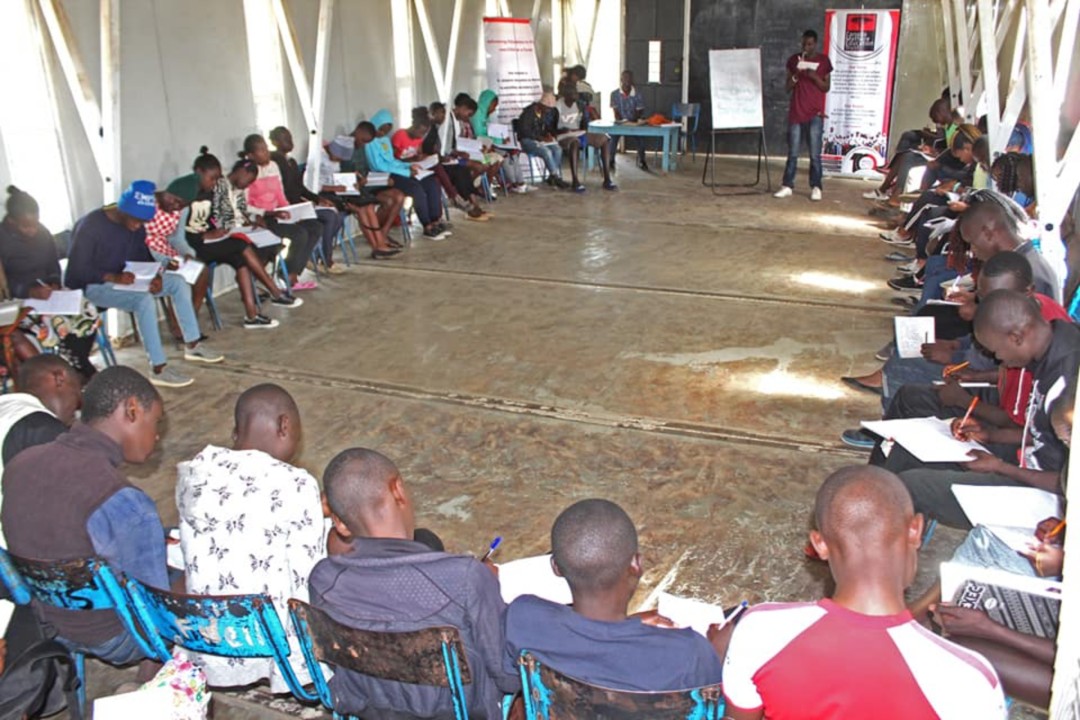
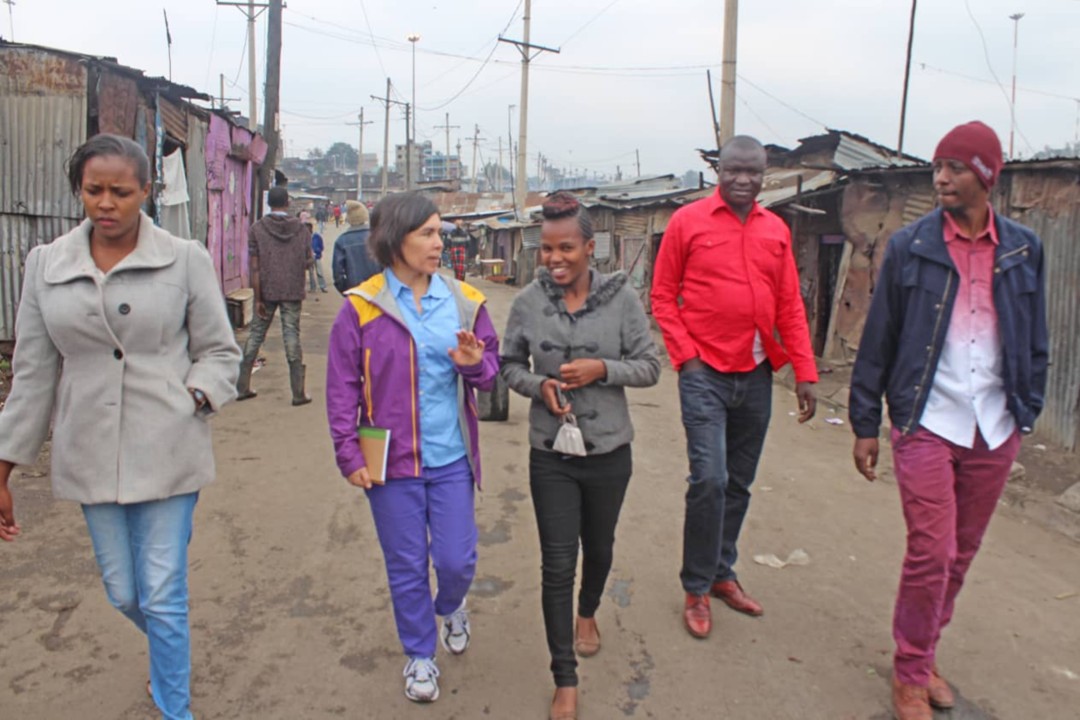
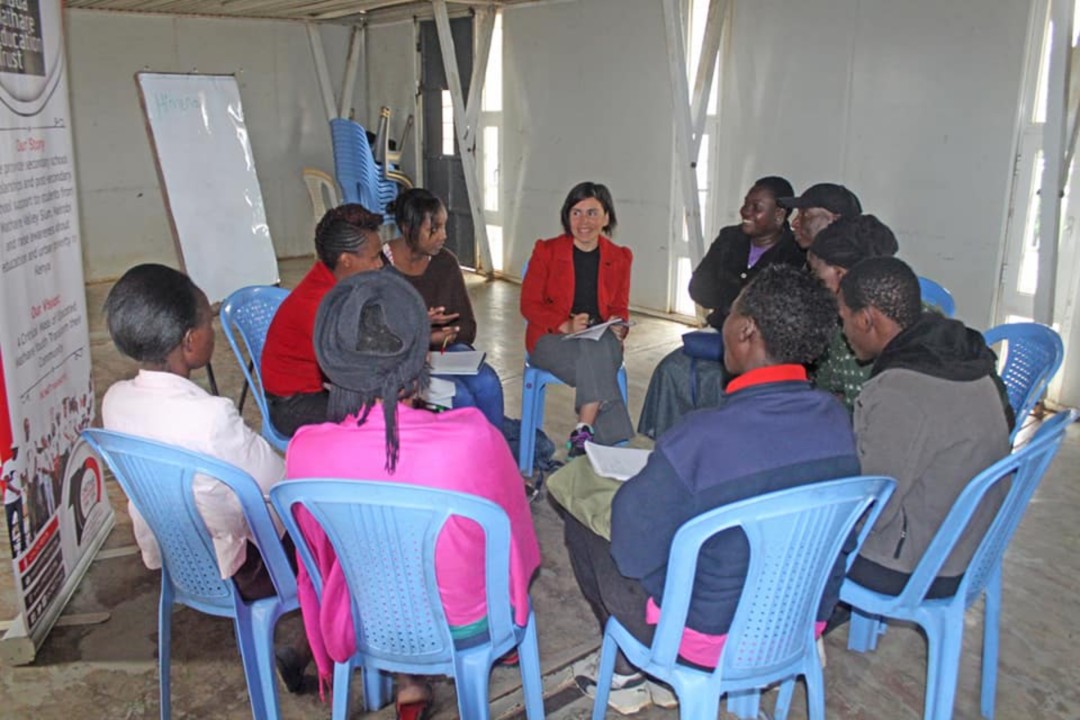
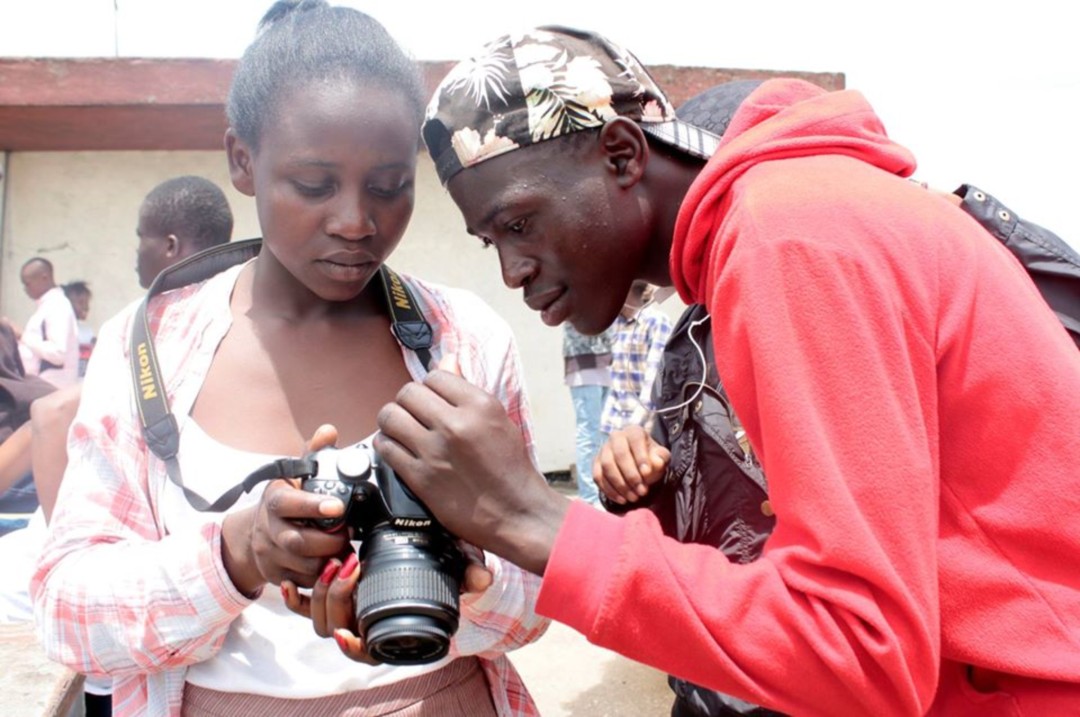
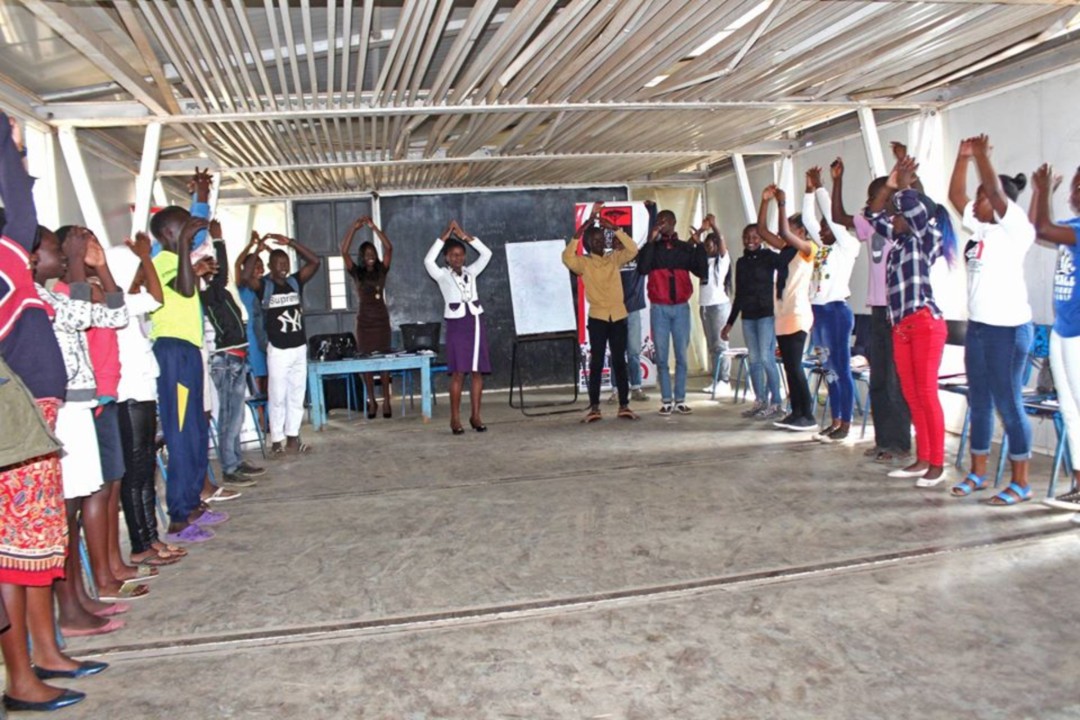
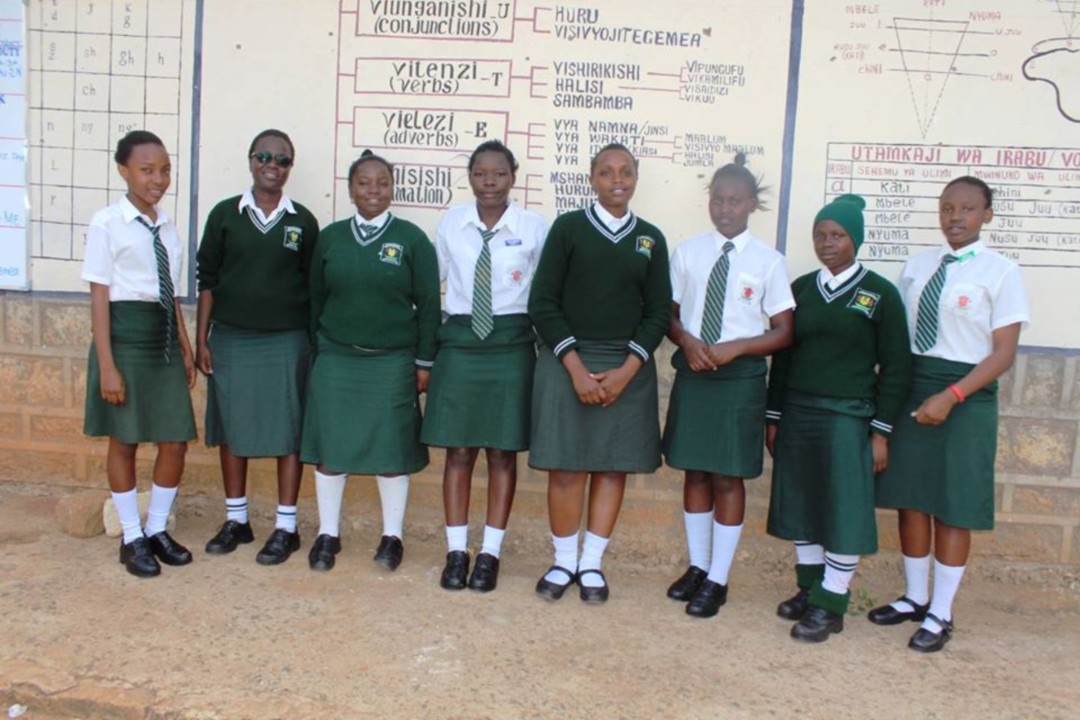

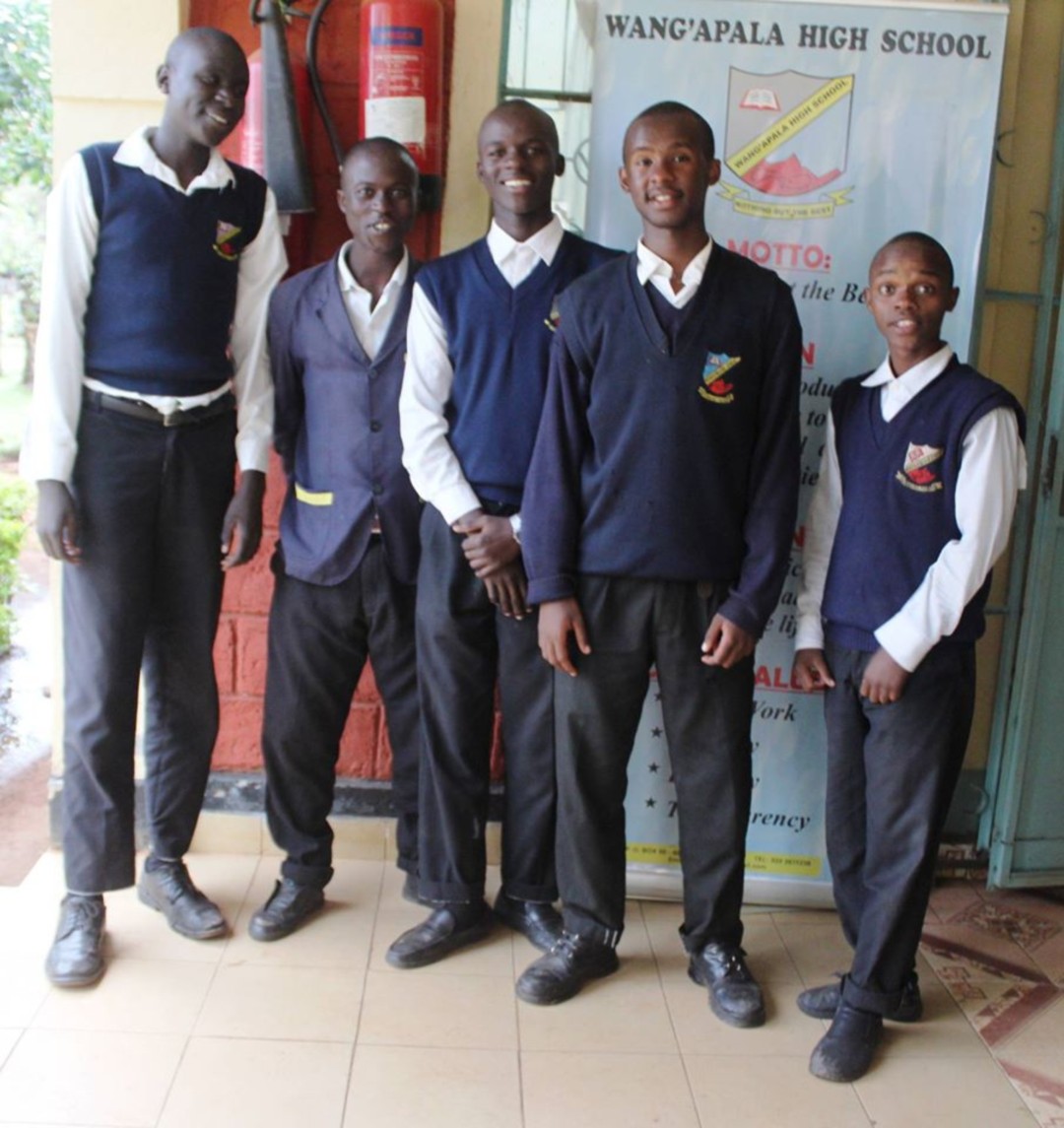
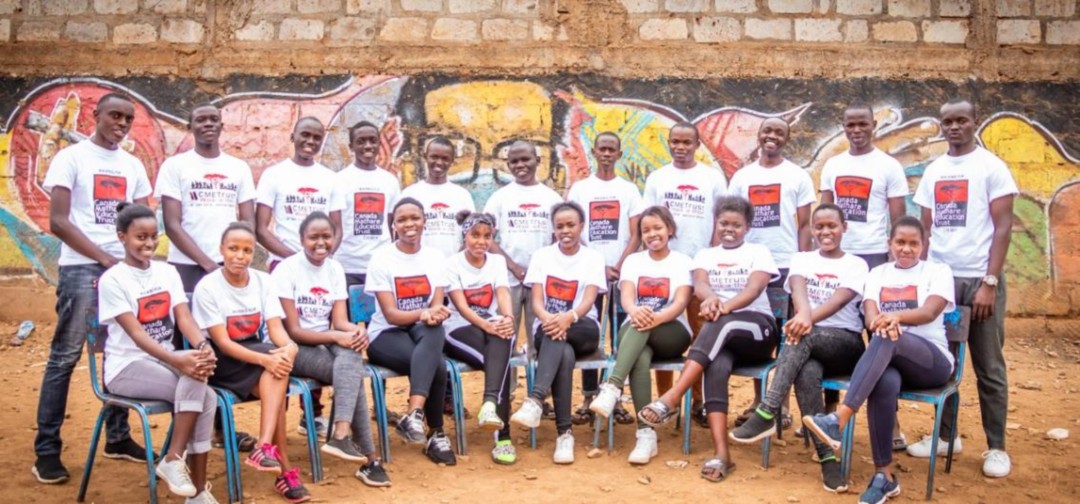

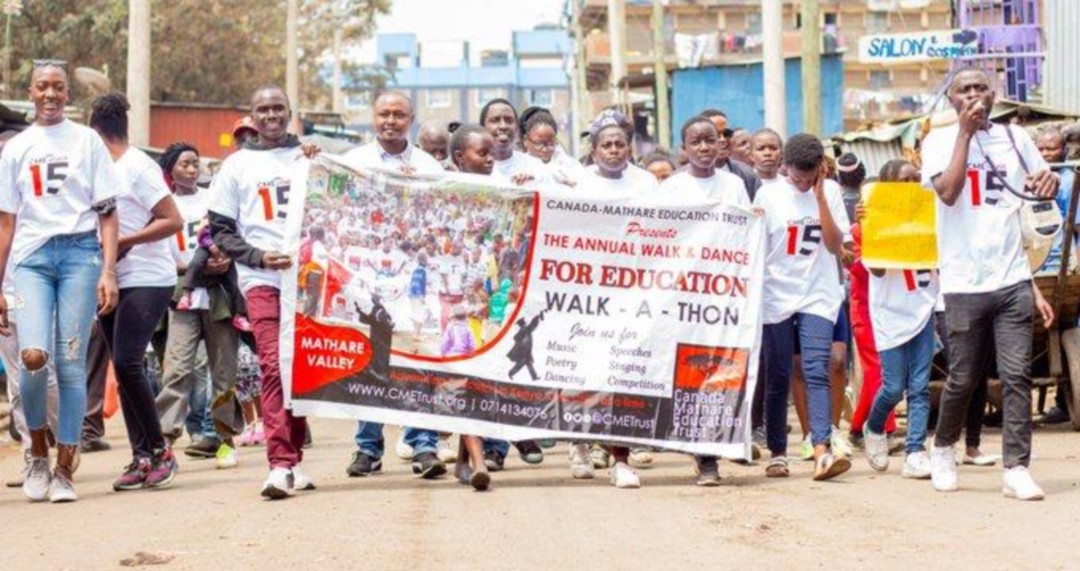
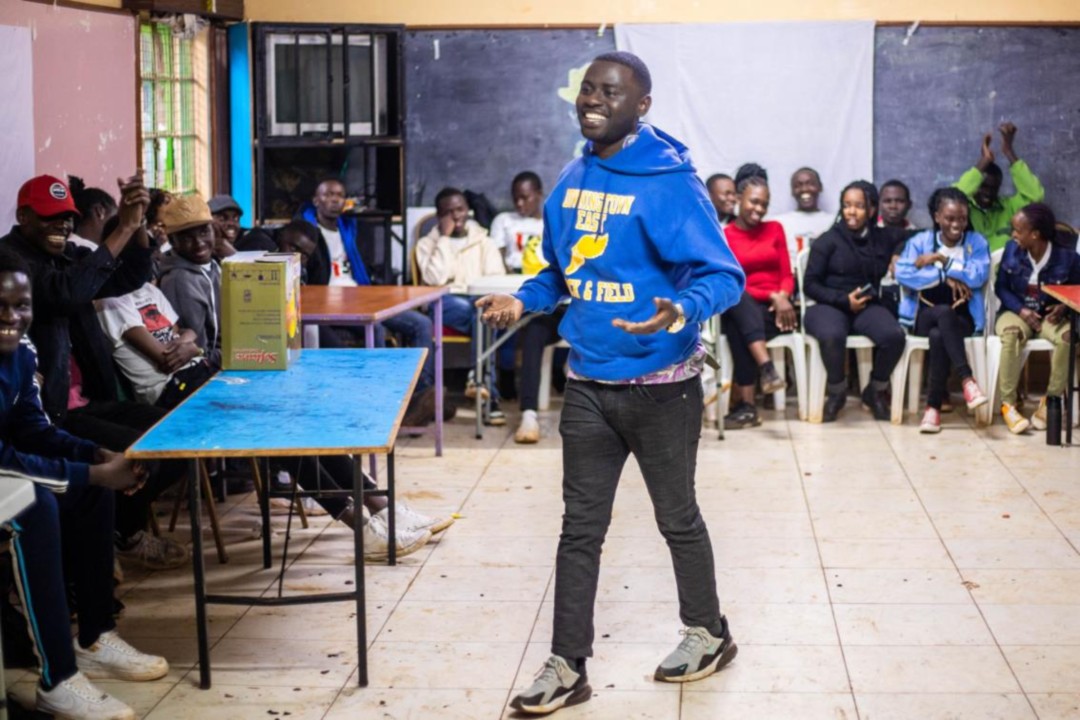
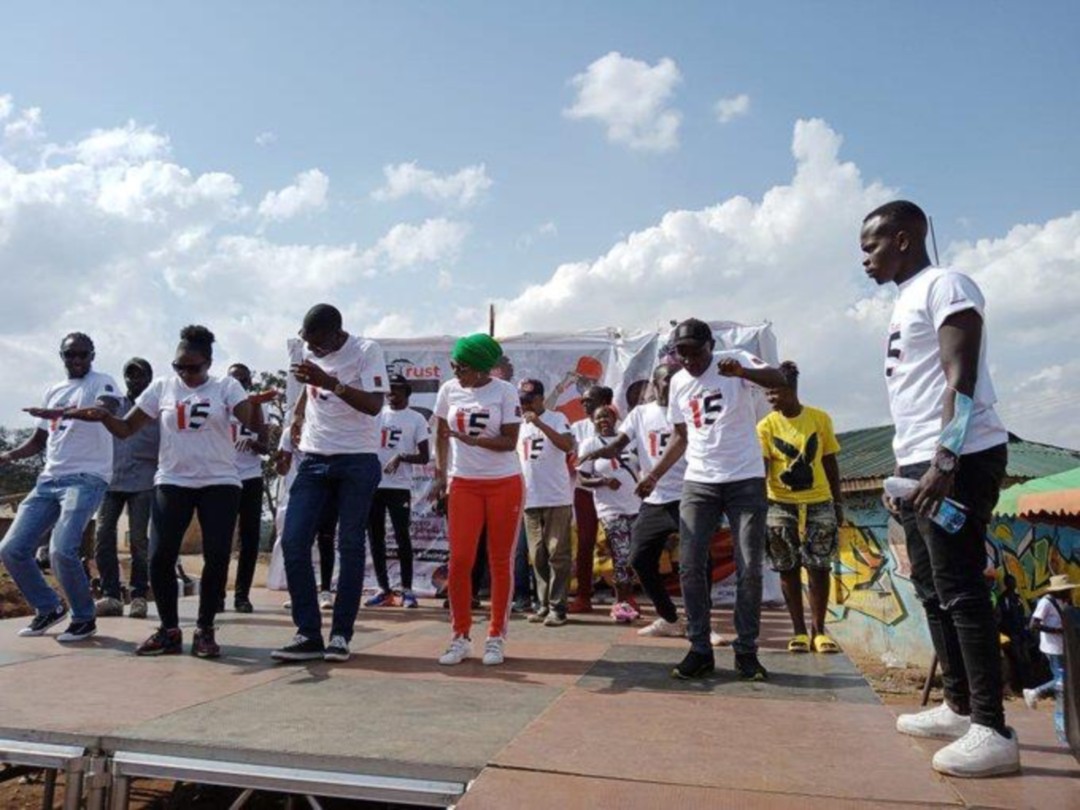
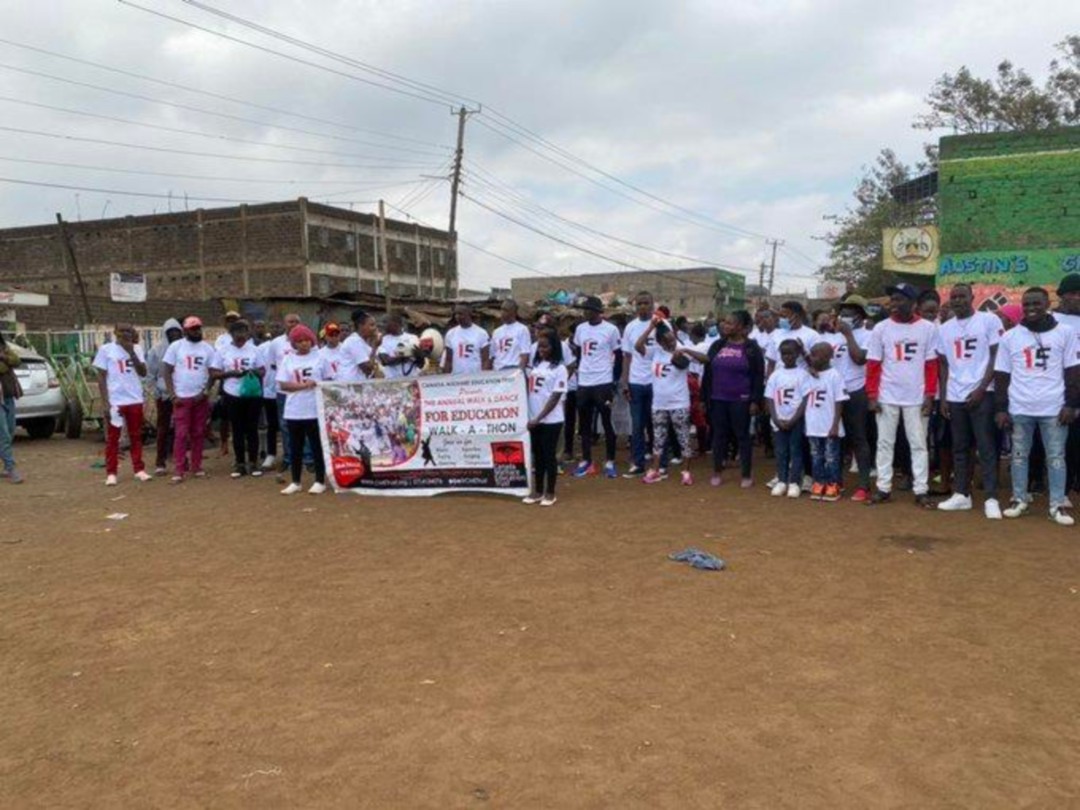



Kenya
Population
49.7 million (2017)
Per Capita Income
USD 1,460/year (2017)
Poverty rate *
36% (2015)
Literacy rate
79% (2016)
Human Development Index
142nd out of 189 countries (2018)
Kenya’s macro-economic conditions have progressed over the past decade, improving the welfare of its population. However, a quarter of its population lives in urban informal settlements, arid and semi-arid rural areas and remain vulnerable to poverty, conflict, structural underdevelopment and disease. Even though national absolute poverty has declined overall, it remains high compared with neighbouring countries. Primary school enrolment has reached 100%. Access to household services such as electricity, improved drinking water and sanitation has steadily increased, even though coverage remains low (23%, 47% and 33% respectively). Youth unemployment and vulnerability to climate change remain key challenges.
Sources: World Food Program, UNICEF, World Bank, 2016 Human Development Report, Human Development Indices and Indicators (2018 Statistical Update)
*The percentage of the population living below the national poverty line.